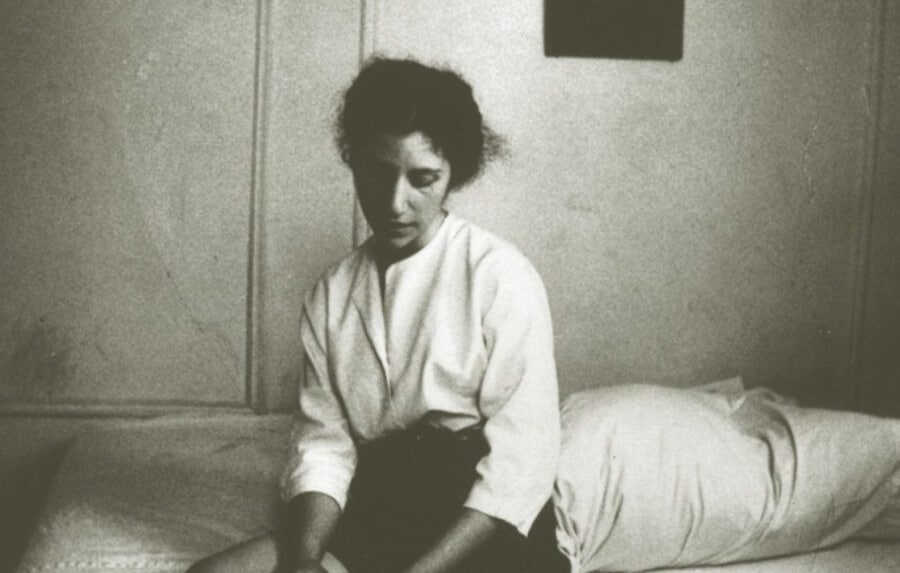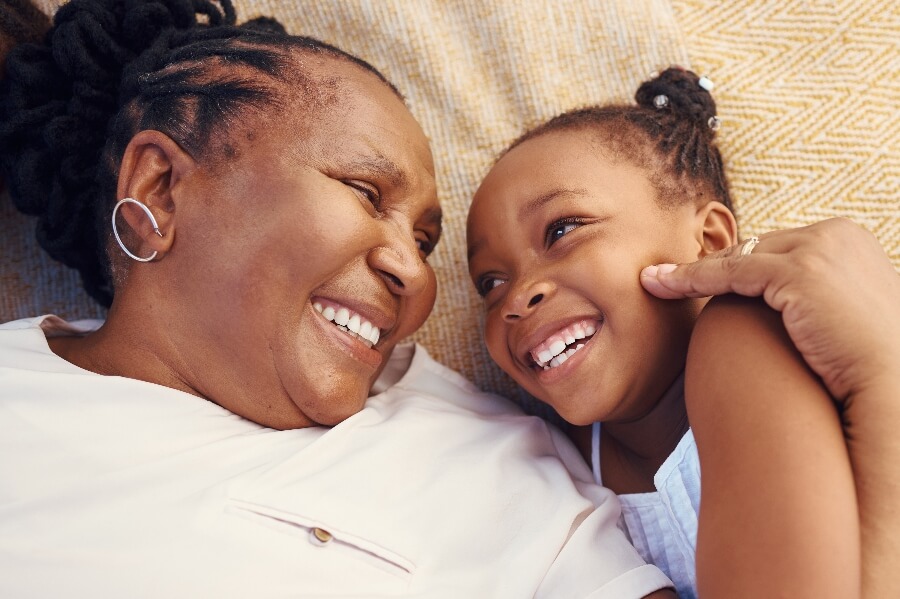The lioness of Beatdom, Diane di Prima, died October 25th of this year at age 86. She was a role model for women’s liberation—before the term even existed. What’s more, she was a role model for my very personal liberation—in all ways. Her recent death brought me back to the early 1960s when I was 16 years old.
Escaping the normalcy and middle-class-ness of Manhattan’s Upper West Side where I was living with my parents, I’d take the No. 5 bus at 72nd Street and Broadway to Eighth Street and Sixth Avenue—to the heart of Greenwich Village. The Village still felt authentic then, a place where the counterculture could thrive. Lured by the legacy of the Beats, I was trying to connect to that moment, which symbolized Freedom, even if I didn’t realize what that meant, though I was pretty sure I knew how it looked.
Di Prima lay the groundwork for my sisters and me.
Fred Braun had a leather shop on West Eighth Street where you could spend more money than any of the Beats had in their pockets to buy shoes, usually a murky brown, that gave you the look—ugly, worn, and poor. Pairing that with a black turtleneck and jeans, maybe a musty smelling, recycled fur coat, I hoped I’d pass.
Weekend evenings were spent in the cafes that lined McDougal Street. Seated in a haze of smoke amid the stench of stale beer, I listened to protest music that I imagined continued the sense of Beat alienation—giving words to my discontent, to my anger, to my malaise.
Read More: Become a Writer at Any Age: Here’s How Carrie Fisher Did It
Following Diane di Prima
Finally, in my early twenties I moved to Greenwich Village—to Carmine Street, Apartment 4D. I had thoughts that I would embody Diane di Prima, the most known and prolific of the Beat women. We were both Leos, born three days, albeit 13 years apart. Leaving Brooklyn and her traditional Italian upbringing after two years at Swarthmore College, di Prima got rid of the pearl necklace that defined the women of her generation. I envied her—her ability to shed the do’s and don’ts of her time, the do’s and don’ts that persisted and I continued to struggle with for too long. She lay the groundwork for my sisters and me.
“Choosing to be an artist: writer, dancer, painter, . . . choosing to be any of these things in the world I grew up in, …was choosing as completely as possible for those times the life of the renunciant,” di Prima said in 2001. Those years, post-World War II, during the McCarthy era, Di Prima was writing about revolution, about eating Oreo cookies when there was no other food, and about sex. She didn’t worry about being a good girl, and the constraints were so much greater for her than they were for me. Back then women’s freedom was inextricably entwined with their sexuality. The freedom to be sexual, it seemed to me, was underlying all the other freedoms that the Beats embodied—drugs, art, the lifestyle.
Beginning the day she left her familial home in Brooklyn, “leaving the quiet unquestioned living and dying,” as Di Prima put it, she dismissed the internal struggles and the external constraints that for some haven’t gone away yet. The sexual freedom that di Prima experienced became another goal for me. Apartment 4D turn into a mecca for my own efforts to become liberated, that period described by a lot of guys coming and going, ready participants in my sexual explorations.
The Beat Life
Living where the Beats had lived, the apartment was my Beat pad—my Home. The floors tilted from age, and a claw-foot, covered bathtub in the kitchen, which I painted not-quite royal blue, provided the only counter space for kitchen life. And, when needed, a dining room table where I served up what di Prima called “big dinners,” which meant a lot of eating and drinking over long hours.
I first fed dinner to the man who’d become my husband at that bathtub. My toilet with a padlock was out in the hall, so I’d hoist myself on to the tiny sink by the window if I had to piss during the night. I fantasized about who might’ve lived where I lived, shopped where I shopped, who might’ve climbed the four flights of stairs to Apartment 4D.
About writing, Di Prima said women let other things get in the way, that they got distracted by the world outside.
I wanted to be the brave writer that di Prima was. This quote of hers served as a model: “There was nothing I could possibly experience, as a human in a female body, that I would not experience. … To me this was obviously just part of the job, part of what one as a writer set out to do.”
A key figure among her peers, she seemed fearless, breaking through the traditional structures in her approach to life, to writing, to womanhood. About writing, Di Prima said women let other things get in the way, that they got distracted by the world outside. That wasn’t true for her.
Although she’d already relocated to California by the time I moved to the Village, I relied on her words for inspiration on those many occasions I sat staring out over the rooftops from my fire escape window.
My favorite pasticceria—Rocco’s—was a block away on Bleecker Street, where cookies were the size of pancakes, my favorite topped with a thick dollop of chocolate shaped like a full moon. Di Prima, writing about eating Oreo cookies to “get through January” in her early book, Dinners and Nightmares, couldn’t have afforded a Rocco’s indulgence. But her poverty was by choice—elective—almost uplifting, she said. She wrote about people piling into bed to keep warm in a cold water flat. I’ve held on to my copy of the book originally priced at $1.45 in 1961. The writing is naked—without nuance—kind of like Oreo cookies.
Serving the Poem
In 2010, when she was named the Poet Laureate of San Francisco, di Prima explains her life, the kind of life I imagined as a 16 year old and again in my early 20s:
“It is the poem I serve.
Luminous thru time that
Celebration of human breath
Of melos It is and always had
Been the muse androgynous
And ruthless as any angel.”
Decades later, my village days long gone, di Prima remained my muse when, still wearing a black turtleneck, I received a Masters in Fine Arts. My thesis was about di Prima and the other women who were stars in the Beat world—a world that is shrinking, with only a handful of its original clan alive today.
The men of that era have traditionally, and not surprisingly, earned much more notoriety than the women so it was encouraging to see the attention di Prima’s death received. It’s hard to imagine that kind of force being gone. She lived her life the way she wanted to, without apparent compromise. She saw no other way.
Although it’s not always easy, I’ve gotten better at living a life that’s undaunted, which is how I’d describe di Prima’s life. And on the occasions when I find my way back to the Village and to Carmine Street, and yes—to Rocco’s Pasticceria—I’m reminded of who I was, a young woman in search of her courage.





















0 Comments